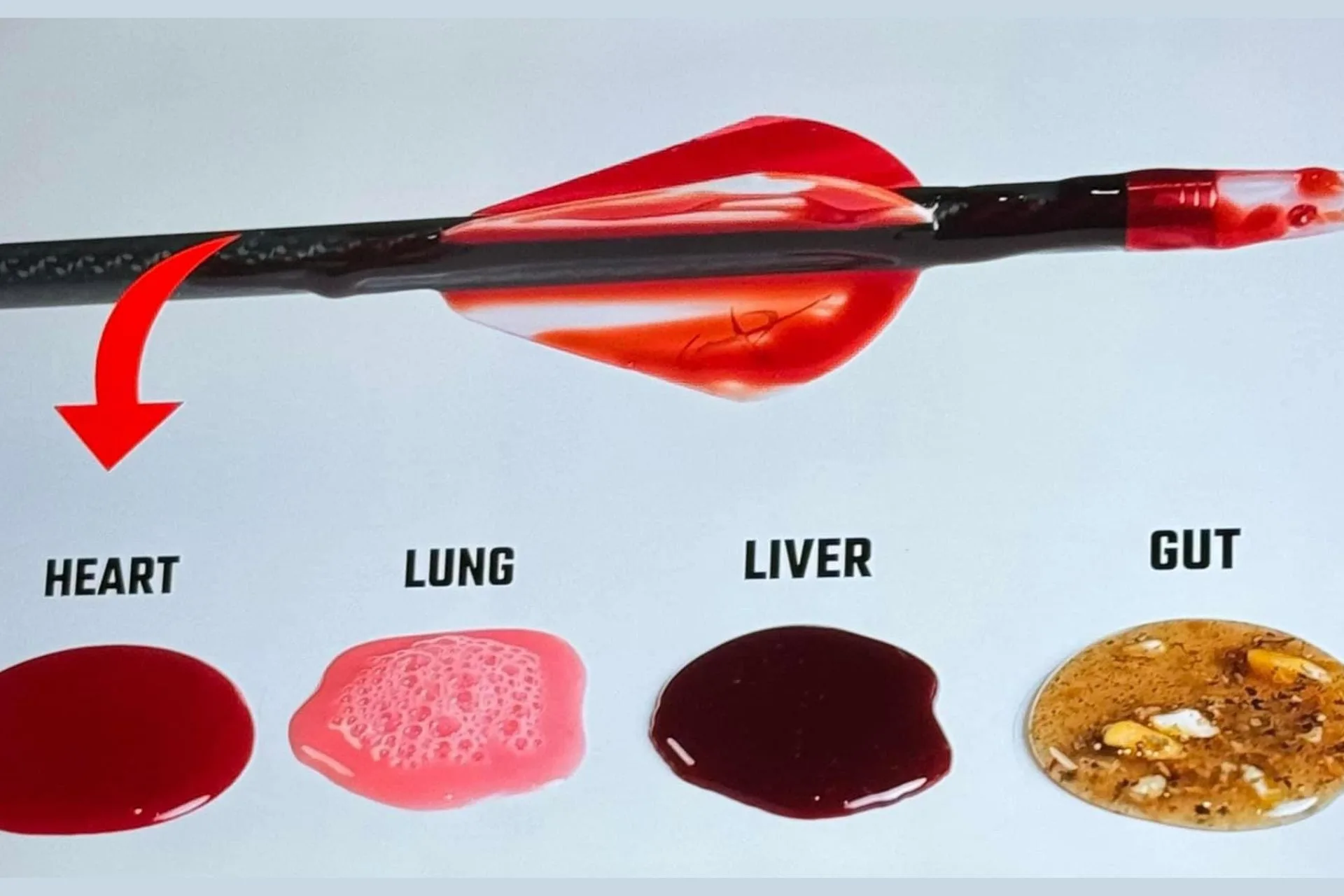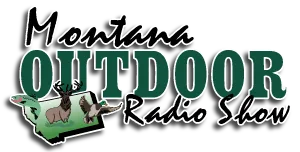Hunting is a Blood Sport. This means that there will be Blood. Tracking a Blood Trail is an artform. Reading blood and sign can mean finding your critter or not.
Blood Trails are often the most serious part of a big game hunt. You have made the stalk, made the shot, hit the target, but when you got to the location, there was no critter. No hunter wants an animal to suffer.
When you shoot an elk, deer, bear, moose, or other big game critter, things happen fast. Our eyes do not have a video recorder. It’s easy to not see everything. If the critter is with others, tracks and trails can go in several directions.

A Blood Trail does not lie. Always go to the last place where you saw the critter that you targeted. Mark a tree or landmark before leaving the spot that you shot from. Also leave a flag or mark in case you need to return. Orange or chartreuse plastic flagging works well. If you are tracking at night, use thumb tacks with reflective tape to mark the trail in both directions. A quick shine of the light shows the trail easily. A propane or Coleman lantern will illuminate blood that may not be easily seen. Other new technologies also help to find and see blood. Thermal scanners may also help find the body. Hydrogen peroxide sprayed on what looks like blood will confirm blood by fizzing.
Blood tells the tale.
Hair and bone may also be evidence.
Wounder critters quickly dehydrate and head to water. Usually, this means a downhill trek.
The color of the blood will tell you where you hit the critter. Learn where the blood is coming from.
Every hunter claims to have made a perfect kill shot but… if that were the case, you would not be tracking a blood trail.
Follow up on every shot.
Be a student of your sport
Sometimes there may not be a blood trail. I once shot a whitetail buck with a 50 cal. Black powder. This Hawken cannon has plenty of power. The shot was around 75 yards, and I aimed at the center chest, since the buck was facing me. He was with 6 other bucks, and the deer went in all directions after the loud and smokey boom. I kept my eye on the target and marked the last place that I saw him.
After reloading, I went to the spot where I shot the deer. Nothing! No blood, hair, or… Tracks went in all directions, so I followed the kicked-up leaves toward the last spot that I saw the deer. There was never a single drop of blood for over 200 yards. When I came to the landmark of the last place that I saw the deer, there he lay. It was not until I dressed the deer did the blood flow. The 50-caliber slug never exited the buck. I found it under the skin, by the rear leg. Only the entry hole was evident, but it had plugged with hair. Had I not marked the last place I saw the deer; I may have given up on a bloodless trail. Instead, I tagged a great 8 pointer.
On another hunt, my buddy hit a buck with a 30-06 at 50 yards. When I came to his location we instantly found plenty of blood but not a buck. I trailed the buck for well over a mile, until the deer stood up, and my tracking partner finally put down. His original shot took out the deer’s front shoulder but was not a mortal wound. It was his first buck in over 30 years of hunting.
Take advantage of tracking deer when you can. It is during these moments when you can really learn what a blood trail says. You are usually stressed out and excited when tracking a wounded critter. A cool and observant hunter can make a huge difference between tagging a critter or going home empty handed.
You owe it to the critters to follow through and finish what you started. No critter deserves to suffer.

The best way to avoid Blood Trailing is to make sure that your one shot is perfect. This means pre-hunt sighting in, lots of trigger time to master your skills, and getting close enough for a reasonable and ethical shot.
Make your one best shot count!
Montana Grant



